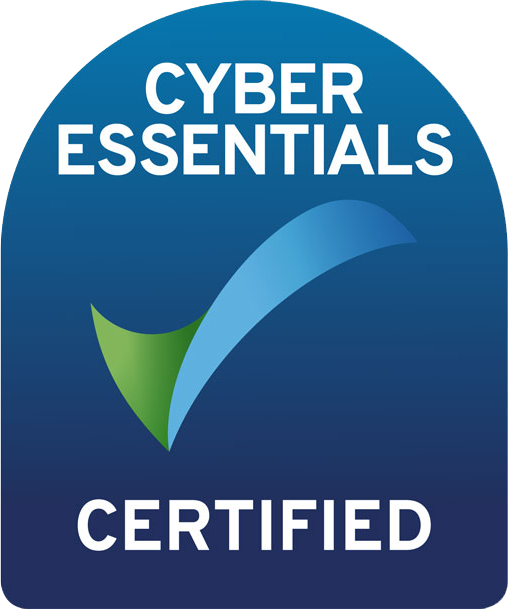With government statistics revealing working alone is a daily occurrence for almost 6 million people in the UK, employers are being advised on how to protect and manage their remote workers.
Many employers have members of staff that classify as lone workers – the Health and Safety Executive (HSE) identifies lone workers as those that work by themselves without close or direct supervision from others.
All employers have a duty of care to their employees, which means ensuring that they take responsibility to provide ways to ensure health and safety.
Nick Whiteley from HFX has outlined four steps that employers can take to manage their remote workers:
- Identify what types of lone workers you employ
While there are many industries that employ lone workers, we have identified three categories: public-facing, mobile and fixed-site. Once you have assessed your workforce against these types it makes it much easier to work out what sort of protection they require – whether it requires regular calling in, personal alarms or special equipment – or a combination of all three. - Implement a lone working policy
Having a lone working policy means that you can provide a practical guide that employees can apply to their roles. It’s not a legal requirement, but an effective policy can help to promote a strong safety culture amongst your employees, keeping them safe and reducing the risk of potential legal issues.
Issuing a copy to new employees who will work alone or to any contractors or temporary workers is a good way to start.
Thinking of appointing Dolan Accountancy?
Give us a call on 01442 795 100 or email jaime.thorpe@dolanaccountancy.com.
Email Jaime- Carry out lone worker training
Training is vital to ensure understanding of the risks, consequences and practical elements to ensure lone worker safety. While providing a copy of the policy to new employees shows due diligence, often training is what makes the difference to understanding and engagement. Early training is a worthwhile investment and might include tips on actions and behaviour – for example; making sure someone knows where they are, being cautious, or sharing incidents for future learning. - Implement systems to manage your workforce
A Time and Attendance (T&A) system can provide real time visibility of the entire workforce’s attendance and location anytime, anywhere. It enables a company to record staff attendance by collecting data in a number of ways, so you always know who’s in and who’s out.
To find out more about contracting please contact Jaime on 01442 795 100 or email jaime.thorpe@dolanaccountancy.com.











